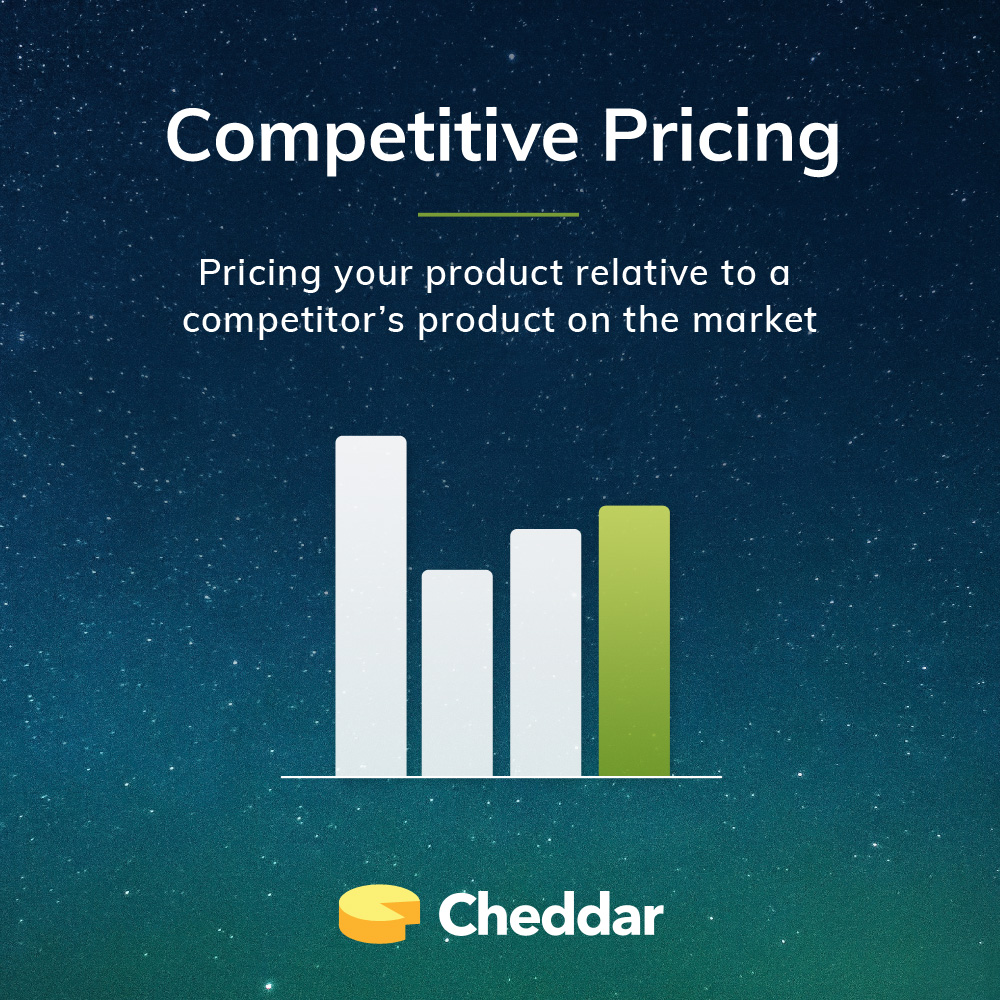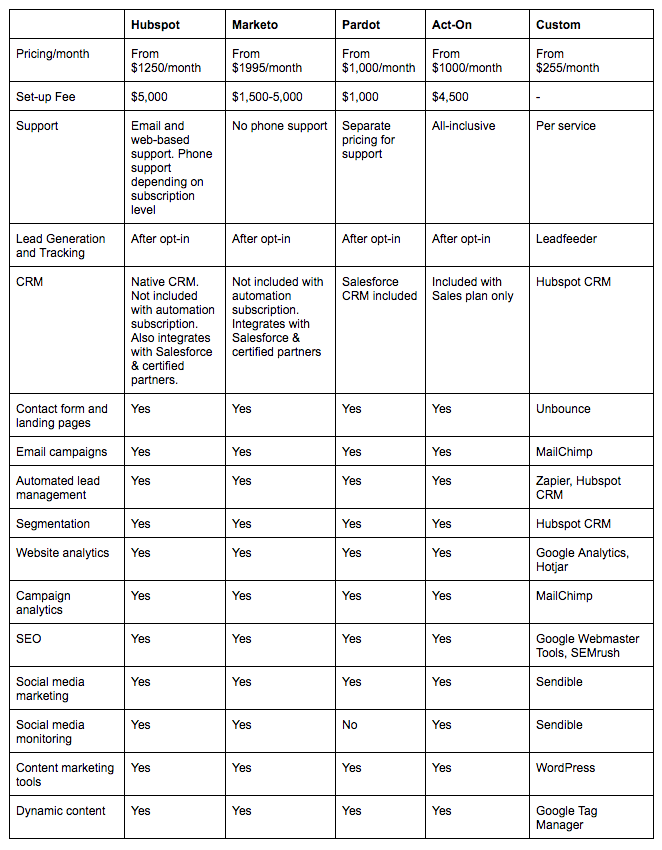August 6
Competitive Pricing Analysis: A Cornerstone of SaaS Pricing

When launching a new SaaS product, most people Google their direct competitors to roughly understand the competitive landscape.
While useful, this approach isn’t sufficient enough to create a long-term SaaS pricing strategy. For that, you’ll have to complete a competitive pricing analysis.
What is Competitive Pricing?
Competitive pricing is pricing your product or service relative to competitors in the market. Competitive pricing analysis is a structured approach to knowing the price of your direct and indirect competition. This can help you better charge customers relative to the Total Cost of Ownership.
The Total Cost of Ownership refers to the costs linked with enacting any solution. These costs are a combination of:
- Explicit costs (ex. dollars)
- Implicit costs (ex. time and resources)
Your potential customers are always comparing prices and weighing the Total Cost of Ownership as they consider your competition.
|
Explicit Costs |
Implicit Costs |
|
Dollars |
Labor (internal) |
|
Taxes |
Time to learn a new product |
|
Setup Costs |
Time for a developer to integrate a product |
|
Service Fees |
Time spent using a product |
Direct Competition vs. Indirect Competition
Businesses battle with two types of competition: direct and indirect.
Direct competitors are products or services that compete for the same market share as you. Consumers view these as basically the same solution. Indirect competitors are products or services that solve the same or similar problem as your product, but in a different way.
As an example, let’s say you’re going to lunch and would prefer Mexican food. Two local Mexican restaurants nearby are direct competitors of each other. Consumers in the area consider their food basically the same. You may, however, decide to try out the new Thai restaurant on the corner instead. The Mexican restaurants and Thai restaurant would be considered indirect competitors. Your general problem, hunger, could be solved by any of the three restaurants.
The difference may seem gray at first. Defining your industry or the problem you solve can provide clarity between direct and indirect competitors, especially in SaaS.
Indirect Competition as a Direct Competitor
It’s important to consider groups of products from your indirect competition. These groupings can quickly become your fiercest competitors.
Let’s look at a price comparison for a SaaS example within an industry: marketing automation software.
HubSpot, Marketo, Pardot, and Act-On are direct competitors in the marketing automation software market. The four platforms offer a suite of marketing automation features, such as:
- Customer relationship management (CRM)
- Landing page creation
- Email management
- Segmentation
- Website analytics
- SEO auditing
- Content marketing
- Social media marketing
These four full-stack marketing automation products also have countless products competing with them as indirect competition. For each feature in the full-stack solutions, there likely exists several products that could replace it. When combined, several of these products grouped together now offer a viable replacement for the full-stack alternative.
Indirect marketing automation competition as a direct competitor

Source: LeadFeeder
Finding the Total Cost of Ownership for Direct and Indirect Competition
It’s tempting to compare direct competitor pricing to the sum of the prices of a group of indirect competition. These results won’t properly reflect the actual Total Cost of Ownership.
It seems like potential customers would quickly jump to a custom stack instead of paying 4x-8x more for the full stack.

Source: LeadFeeder
Setting up a custom marketing automation stack, however, creates a large time burden. Companies might have to spend hours or days:
- Learning how to use new software
- Making sure tools communicate with each other
- Switching between tools
- Configuring settings
- Contacting support
- Generally tailoring the stack to their particular needs
Looking at these costs, the full-stack solutions’ seemingly steep costs might start to make more sense.
Scalable Pricing: an Important Factor When Looking at Competitors
With software, especially in B2B, dynamic pricing is becoming more and more the norm.
Your competitors likely have scalable pricing, where the customer pays relative to the value they receive. As you analyze your direct competitors’ pricing and groups of indirect competition, it’s important to consider:
- How their pricing scales
- How effective their price scaling is
Pricing that scales more closely with customer value will help minimize churn and allows companies to capture more customer segments.
Ideally, you can look at your competitors’ pricing through a value metric. A value metric is the variable which most closely aligns with the value the customer receives. However, value metrics vary by industry and software solutions. You might have to launch your product and look at real time usage data to pinpoint your value metric.
For an initial competitive analysis, the number of product users in a company can work as a suitable proxy.
Create a spreadsheet, write down several direct competitors and groups of indirect competition, and note each’s pricing model. It might also be helpful to include additional notes such as points of differentiation, target market, and sales methodology.
For each direct competitor or group of indirect competition, write down the cost of their product for a:
- Startup (1-5 users)
- Scaleup (10-25 users)
- Enterprise (100+ users)
As you accumulate competitive pricing data for each competitor or grouping of indirect competitors, calculate:
- Average upfront costs
- Average monthly costs
- Average monthly cost per user
Then, take those averages to arrive at your product’s competitive landscape.
Sign up for our Pricing Bootcamp to access a completed example of a competitive pricing analysis
Competitive Pricing Analysis with Few Competitors
If you’re going into business, there’s likely a problem you want to solve. If you think you have few competitors, ask yourself: how are people currently solving this problem? Think of that as an indirect competitor and complete the above analysis.
If you are a new technology or innovative new business and have few, if any, competitors, there is another way.
In this case, your best route for competitive pricing analysis is to look within your industry. Take a look at the products your potential customers are already purchasing. Analyze what your potential customers pay for those products. This can give you a decent idea of their willingness to pay and business margins.
You’ll also want to put more weight on surveying potential customers and cost analysis to establish your initial pricing model.
—
A competitive pricing strategy can be helpful, but it shouldn’t be the only input for your SaaS software pricing strategy. A complete strategy includes looking at your costs, surveying customers, analyzing product value, and keeping track of product usage.
If you’re ready to apply your insights to your startup or iterate your pricing, sign up for our Pricing Bootcamp. Over the free email course, you’ll receive templates, example spreadsheets, and other pricing information. We will also walk you through a competitive analysis and other pricing strategies step-by-step.
About Cheddar
Billing built for developers. Cheddar is a usage-based billing platform that helps you track customer activity, iterate your pricing, and optimize your revenue so you can focus on building awesome products, not billing for them. Made with ❤ from the Midwest.